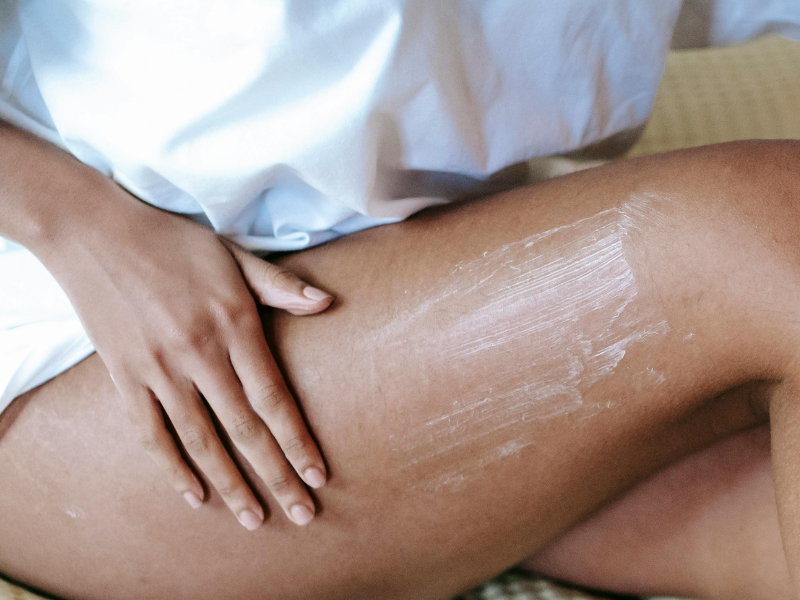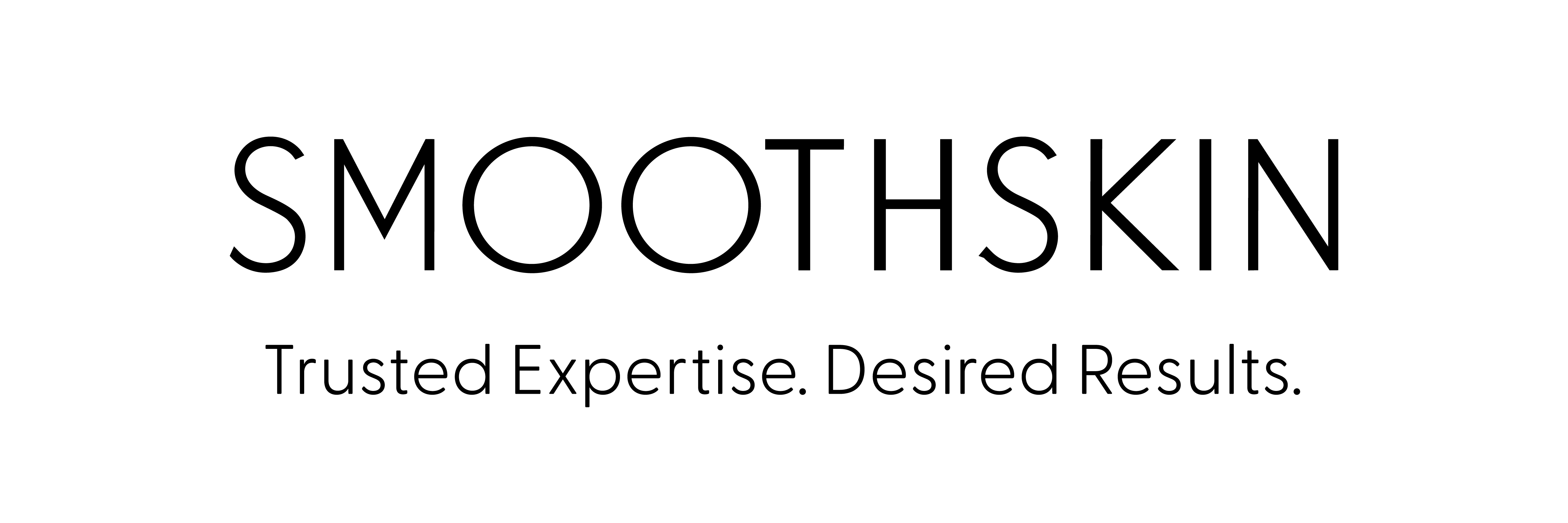The risks of dry shaving revealed, as three-fifths admit to the habit
We’ve all been there – you throw on a dress or shorts, realise your legs aren’t as smooth as you’d like, and reach for the razor without a second thought.
In fact, our new research from the team at SmoothSkin has found that 60% of UK women admit to dry shaving their legs at the last-minute when they realise their skin will be on show.
Summer is a time when we put more time into our hair removal efforts, as three quarters (76%) of UK women state that they remove their hair more often in the summer than during any other time of year.
But while doing a dry shave might seem like a quick fix, skin specialists at SmoothSkin warn that this ‘bad habit’ is a major skincare mistake that can lead to irritation, ingrown hairs, and long-term damage to your skin’s barrier.
Is dry shaving bad for your skin?

Although it can seem helpful when you’re in a pinch for time, when it comes to dry vs wet shaving–wet shaving is always the better option for your hair and skin.
Unlike wet shaving, which allows a razor to glide smoothly over the skin, dry shaving creates unnecessary friction that can lead to razor burn, shaving rash, and ingrown hairs.
But how does dry shaving cause these issues?
1. Razor Burn & Shaving Rash
Without a protective layer of shaving creams and shower gels, your razor blade scrapes directly against the skin, increasing the risk of tiny cuts, irritation, and inflammation.
This lack of lubrication, means that the blade can drag and skip on your skin, creating micro-tears in the skin, which can lead to burning sensations and sensitivity that lasts for hours or even days.
Razor burn can look like a red rash on the skin. This dry shaving rash can feel uncomfortable, tender, and itchy–so it’s always better to stay away from dry shaving to avoid shaving rash on legs, armpits and pubic areas. Creating discomfort, tenderness and itching for the person affected.
2. Ingrown Hairs
Another cause for red spots after shaving are ingrown hairs. And our previous research found that roughly 1 in 10 (10%) adults consistently suffer from ingrown hairs.
However, dry shaving can make this problem even more common. Dry shaving often results in uneven hair removal, causing hair to curl back into the skin and lead to painful ingrown hairs.
This is especially common in areas with coarse or curly hair, as the uneven cut of dry shaving can create sharp edges that pierce back into the skin, triggering inflammation and bumps.
For any existing ingrown hairs, people can follow our tips to prevent ingrown hairs sprouting during hair removal.
3. Skin Sensitivity & Itching
Dragging a blade over dry skin strips away natural oils, leaving skin dry, flaky, and more prone to itching legs after shaving. In fact, 1 in 3 (34%) people feel itchy after shaving usually, but dry shaving can exacerbate the problem.
You may also find you have stinging legs after dry shaving, as stripping your skin of its oils can leave it more sensitive to elements such as water and cool air.
This can lead to excessive scratching, which may cause further irritation and even infection if bacteria enter small nicks or abrasions.
4. Long-Term Skin Damage
Regular dry shaving can weaken the skin’s protective barrier, making it more susceptible to environmental stressors and premature aging. The repeated trauma from dry shaving can lead to chronic dryness, rough texture, and increased susceptibility to irritation from skincare products and sun exposure.
Everyone has different skin types, from dry to oily. Our experts have shared more information on how to get smooth skin based on your skin type here, for anyone wanting to adapt their routine for their individual needs.
Five steps for smooth, healthy skin

1. Prep Your Skin
Soften hair by showering or soaking in warm water for at least 3 minutes before shaving.
Warm water helps open up hair follicles and softens the hair, making it easier to cut and reducing the risk of razor burn and irritation.
2. Use a Quality Shaving Cream or Gel
A proper barrier reduces friction and helps prevent nicks and irritation.
Shaving cream creates a lubricating layer between the blade and your skin, ensuring a smoother glide and reducing the likelihood of micro-tears. For sensitive skin, opt for fragrance-free or hypoallergenic formulas to prevent irritation.
3. Use a Fresh, Sharp Razor
Dull blades tug at the hair rather than cutting cleanly, increasing the chance of irritation and ingrowns. Replace your razor regularly, ideally after 5-10 uses, to prevent bacteria buildup and ensure an effortless shave.
Multi-blade razors provide a closer shave, while single-blade razors reduce irritation for those prone to razor bumps.
Getting razor bumps while shaving? Here’s our expert advice on how to get rid of razor bumps caused by shaving.
4. Moisturise Post-Shave
Hydrating your skin immediately after shaving locks in moisture and soothes any potential irritation. Look for lotions with aloe vera or shea butter to calm inflammation and replenish the skin barrier. Avoid alcohol-based products, as they can dry out the skin and cause further irritation.
Next time you’re tempted to grab the razor for a quick dry shave, think twice! Taking a few extra minutes to shave properly can save your skin from discomfort and damage in the long run.
5. Opt for other hair removal methods
If you’re prone to shaving irritation, regardless of how thorough your routine is, it may be time to look into alternative hair removal methods, such as IPLs.
IPLs offer permanent hair reduction after just two weeks, and offer far less irritation—learn more and see our user’s results to see if IPLs could be your ideal hair removal method.
